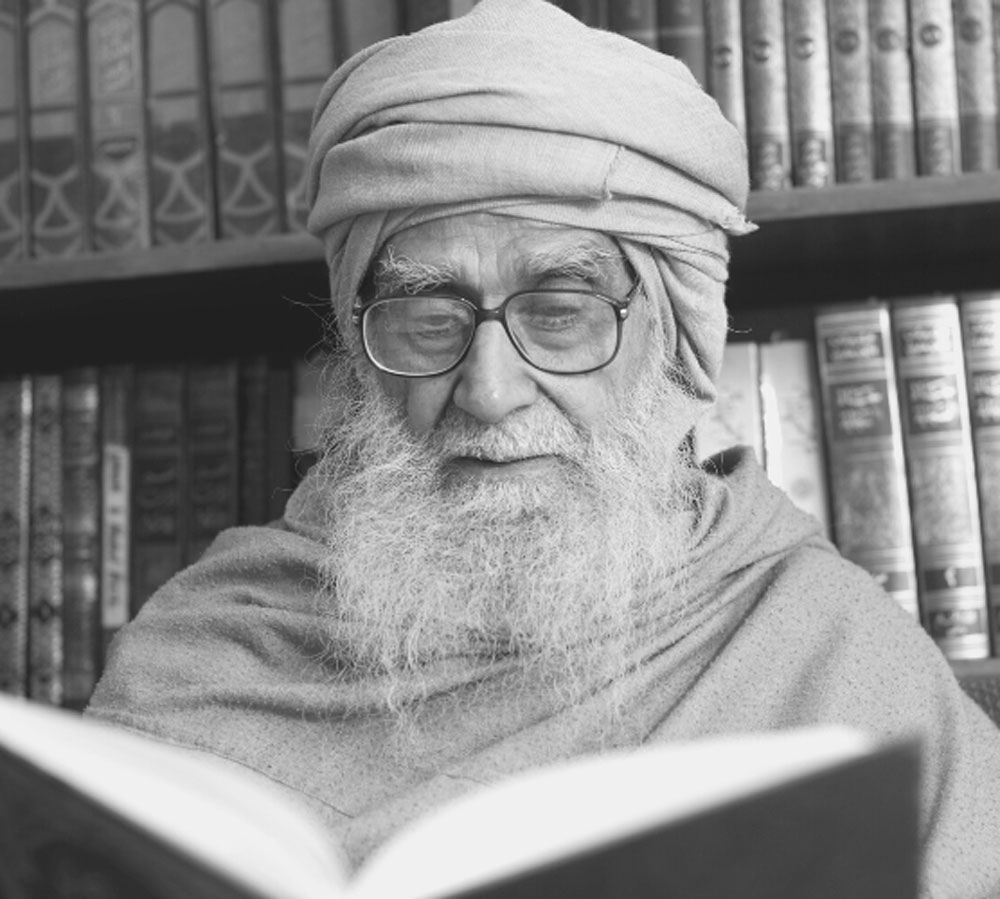After the death of the Prophet, Abu Bakr became the first caliph. In his time, the Quran not only existed in written form on the bark of date palms, stones, leather, etc., but was also preserved in the memory of the companions. The Quran, when made into a book, was arranged in the order memorized by the companions, and the verses have been preserved in that same order right up to the present day. Zayd ibn Thabit’s work was more a process of collection than of compilation. That is, the scattered bits and pieces of the Quran in written form were collected by him, not just to be assembled and bound in one volume, but to be used to verify the authenticity of the Quran as memorized and passed on in oral tradition by countless individuals. Once this exact correspondence between the oral and written forms of the Quran had been established beyond any reasonable doubt, Zayd proceeded to put the verses of the Quran down on paper in their correct order.
In former times, when the accepted way of disseminating the subject matter of a book was to memorize it, then recite it, it was quite exceptional that the Quran should have been preserved in writing as well as memorized. This was like having a ‘double checking’ system, whereby memory plus written words and written words plus memory could be constantly compared for verification. In his book, The Bible, the Quran and Science (1970), the French author Dr. Maurice Bucaille, says about the process of preservation of the Quran, ‘This process of recitation afforded a considerable advantage as far as an uncorrupted text was concerned, for it provided a system of double-checking at the time the definitive text was written down.’
After Zayd ibn Thabit had prepared the entire Quran and bound it in the form of a book, all other materials collected from different companions, for the purpose of checking and rechecking, were all burnt. Now this volume was handed over to the caliph. After Abu Bakr’s death it remained with Umar, the second caliph. After the death of Caliph Umar it remained in the custody of Hafsa, daughter of Umar and wife of the Prophet.
The third caliph Uthman, as advised by Huzayfa ibn Yaman, had copies made of the volume prepared by Abu Bakr, then sent one copy each to all cities. This task was again entrusted to Zayd ibn Thabit Ansari, who was provided with eleven people to assist him. As per the order of the third caliph, the committee wrote down the Quran in accordance with the spelling of the Quraysh, so that it should conform to the accent (lehja) of the Prophet of Islam. Caliph Uthman subsequently ordered that all other copies of the Quran, which people had written on their own, should be handed over to the government. These were all then burnt by his order. By this method, all the copies of the Quran were made uniform as far as writing was concerned.
These copies of the Quran, made with extraordinary care and precision, were passed on from generation to generation until the age of the press dawned. Many printing presses were then established in the Muslim world, where the beautiful calligraphy of the scriptures was reproduced after its content had been certified by memorizers of the Quran. Thus, once again, with the help of the memorized versions and written texts, correct, authentic copies were prepared; then with the publication of these copies on a large scale, the Quran spread all over the world.
Any copy of the Quran found in any part of the world at any time will be exactly the same as that handed down to the Muslims by the Prophet in his last days, arranged in the form still extant today.
Source: The Seeker’s Guide





